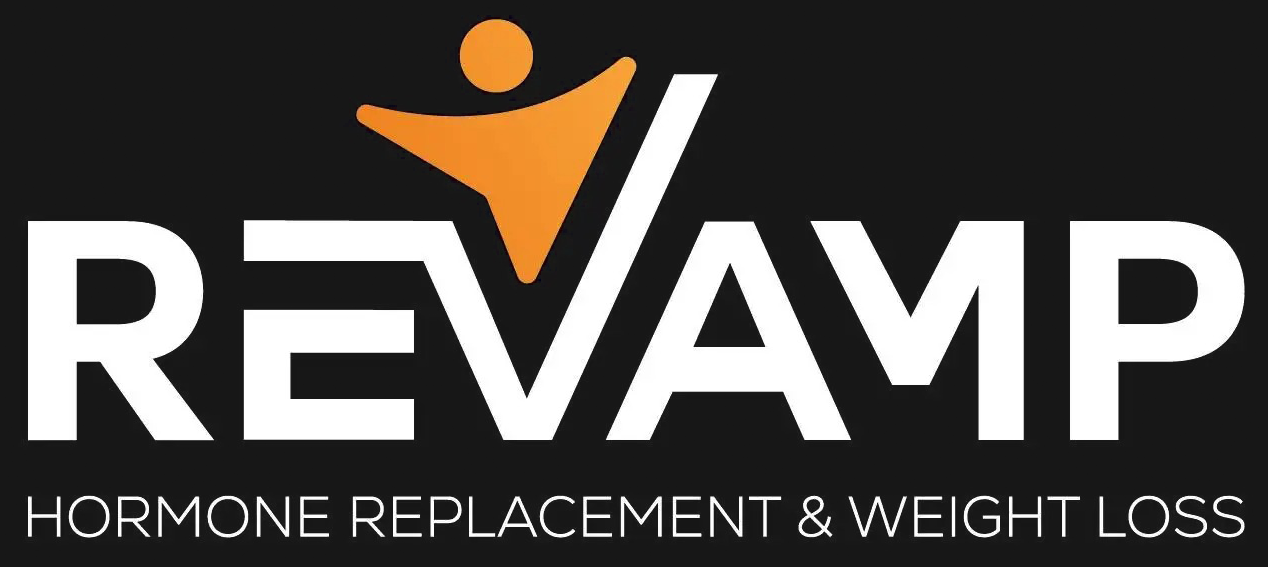Understanding menopause and its impact on health can feel overwhelming. Could hormone replacement therapy assistance play a role in easing this transition? Menopause is a natural phase that brings hormonal shifts capable of affecting daily life through symptoms like hot flashes, night sweats, mood swings, and fatigue. Recognizing these changes and understanding your options for support is crucial. Exploring hormone replacement therapy services can be an essential step in managing menopausal symptoms, helping women regain comfort and confidence while maintaining overall health. This guide will dive into when HRT may be appropriate and how to make informed choices to improve daily life.
Understand Menopause and Its Symptoms
Menopause marks the permanent cessation of menstrual cycles and typically occurs between the ages of forty-five and fifty-five, according to the Office on Women's Health. This process unfolds in stages, starting with perimenopause, when hormone levels fluctuate and initial symptoms appear. Perimenopause can last several years, often bringing irregular periods, sleep disturbances, and mood changes. Postmenopause follows, during which symptoms may ease, but the risk for certain health concerns, such as osteoporosis or cardiovascular issues, can increase.
Symptoms vary widely, including hot flashes, night sweats, sleep disruptions, vaginal dryness, weight fluctuations, and mood swings. These can impact comfort, productivity, relationships, and overall health. Early recognition of symptoms, including subtle mood changes, brain fog, or low energy, enables proactive management and better long-term outcomes. Open discussions with healthcare providers and access to hormone replacement therapy services help women address these challenges effectively and safely.
Explore How Hormone Refill Therapy Services Work
Hormone renewal therapy services are designed to restore hormones that decline during menopause, primarily estrogen and progesterone. Types of therapy include estrogen-only options, typically for women who have had a hysterectomy, combined HRT involving both estrogen and progestogen, and bioidentical hormone therapy, which mirrors the body’s natural hormones.
These therapies work by replenishing the hormones that regulate critical functions such as bone health, mood, cardiovascular function, and sexual wellbeing. According to the Mayo Clinic, individuals going through menopause, those who have had their ovaries removed before age 45, and those whose ovaries stop functioning before age 40 may benefit from menopause hormone therapy. Accessing hormone replacement therapy services helps women address symptoms at their root cause, rather than simply masking discomfort. This proactive approach can significantly enhance overall well-being during menopause.
Evaluate Benefits and Risks of HRT
Hormone replacement therapy assistance provides several benefits, primarily in improving quality of life. They can reduce the frequency and intensity of hot flashes, support sleep, stabilize mood, and improve sexual health by alleviating vaginal dryness. Over time, HRT can also help maintain bone density, protect against osteoporosis, and provide cardiovascular support when initiated at the appropriate time.
However, potential risks must be weighed carefully. Studies have linked certain forms of HRT to increased risks of breast cancer, stroke, or blood clots in some women. These risks vary based on therapy type, dosage, age at initiation, and personal health factors. Working closely with healthcare providers ensures the selection of appropriate hormone replacement therapy assistance, considering benefits, risks, and individual medical history. In some cases, combining lifestyle changes with therapy can further reduce risks and enhance outcomes.
Assess Personal Health and Risk Factors
When considering hormone replacement therapy services, personal health history plays a critical role. Women with a history of breast, ovarian, or endometrial cancer may require alternative therapies. Cardiovascular conditions, thromboembolic disorders, or liver issues may also influence HRT suitability.
Family history should be shared, including breast cancer, cardiovascular disease, or osteoporosis, to evaluate inherited risks. Current medications and chronic conditions, such as diabetes, thyroid disorders, or hypertension, may interact with HRT, making professional guidance essential. Lifestyle factors like smoking, alcohol use, and activity levels also affect HRT’s safety and effectiveness. Evaluating psychological readiness is equally important, as menopause often intersects with emotional and mental health, and a holistic approach improves treatment outcomes. A complete assessment ensures that hormone renewal therapy services are matched to the individual's health and lifestyle profile.
Identify the Right Timing for Hormone Replacement
The timing of hormone replacement therapy services can influence outcomes. Research indicates early HRT initiation, near the onset of menopause, can provide cardiovascular protection and optimize symptom relief. Severe hot flashes, night sweats, mood swings, vaginal dryness, or decreased bone density can signal a need for hormone therapy.
The duration of therapy should be individualized. Short-term use can address acute symptoms, while long-term therapy may be appropriate for persistent challenges, always under regular supervision. Periodic reevaluation ensures that therapy remains safe and effective, adapting to changing health profiles. The "window of opportunity" theory suggests early HRT can maximize cardiovascular and overall health benefits, emphasizing the importance of strategic timing. Combining timely therapy with lifestyle strategies increases the likelihood of long-term success.
Consult With Healthcare Professionals
Effective consultations with healthcare providers enhance hormone replacement therapy outcomes. Keeping a detailed symptom journal, preparing questions, and documenting medications ensure comprehensive and productive discussions. Clear communication about symptom impact, lifestyle, and emotional well-being helps providers recommend hormone replacement therapy services tailored to specific needs.
Discussing treatment options, including non-hormonal alternatives, empowers women to make informed decisions. Understanding side effects, monitoring requirements, and informed consent ensures confidence in pursuing therapy. Scheduling regular follow-ups allows for tracking symptom improvement, adjusting dosages, and evaluating overall health, creating a dynamic plan that evolves with changing needs. Comprehensive guidance from healthcare professionals ensures therapy aligns with both immediate symptom relief and long-term health goals.
Integrate Lifestyle and Complementary Approaches
Diet and nutrition significantly affect menopausal symptoms. Consuming calcium- and vitamin D-rich foods, such as dairy products and leafy greens, supports bone health. Phytoestrogens from soy and other plant-based foods may help manage hot flashes. Adequate hydration and limiting processed foods and caffeine can further reduce discomfort.
Regular exercise supports weight management, cardiovascular health, mood stability, and bone density. Activities like walking, swimming, resistance training, and yoga provide both physical and mental benefits. Stress management practices, including mindfulness, meditation, and deep breathing, can reduce emotional symptoms and enhance resilience. Supplements and herbal remedies, when used under professional guidance, can complement hormone replacement therapy services, providing holistic support. Building strong support networks with family, friends, and peer groups promotes emotional well-being and reduces feelings of isolation during this transition.
Embrace Comprehensive Care
At Revamp Hormone Replacement and Weight Loss, we combine hormone therapy, weight loss solutions, and supportive care to create individualized programs designed for long-term wellness. Our approach ensures that hormone replacement therapy assistance is paired with lifestyle and nutrition strategies, providing the best possible outcomes for symptom relief and overall health. By monitoring progress and adjusting plans as needed, we help women navigate menopause with confidence and comfort. This comprehensive care model addresses both physical and emotional aspects of menopause, empowering women to take control of their health and maintain quality of life.
Making informed decisions about
hormone replacement therapy services requires balancing professional guidance, personal health assessment, and lifestyle adjustments. Individualized approaches ensure symptom relief while protecting long-term health. We prioritize this comprehensive care, integrating hormone therapy with weight management and supportive programs. With proactive monitoring and personalized planning, women can navigate menopause with greater ease and confidence. Take the next step toward reclaiming comfort, vitality, and confidence — Revamp Hormone Replacement and Weight Loss with our tailored solutions to support your journey through menopause and beyond.



